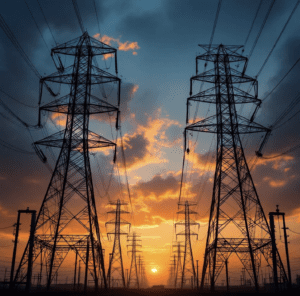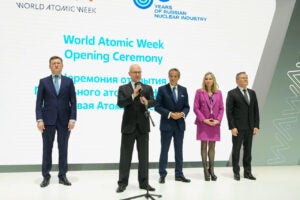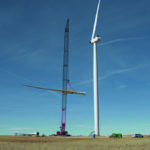The Energy Information Administration’s (EIA’s) June 2021 electric generator inventory suggests 260 battery energy storage systems (BESSs) are now operational in the U.S., representing a total nameplate capacity of 2,673 MW. Another 12,914 MW from 212 BESS projects are in various stages of planning or construction, with more than 10 GW readying to begin operations within the next two years. In a recent update on battery storage market trends, the EIA suggested about 74% of battery storage power capacity operating today has been chiefly installed by independent power producers in competitive markets. Looking ahead, the EIA expects battery installations will pick up even more, owing mainly to market and policy drivers.
Federal regulatory orders have begun to carve a path for storage to participate in individual markets, the EIA said, with installations increasingly being paired with power-generating technologies, especially wind and solar. New BESS installments are also being encouraged by the investment tax credit and state-level policy actions. As of June 2021, eight states had set energy storage requirements or targets.
For more, see POWER‘s August 2021 feature: “EIA: Large-Scale U.S. Battery Power Capacity Slated for Fourfold Expansion in Two Years”
Note: Power capacity, typically represented in MW, measures the maximum amount of power a battery system can discharge in an instant, while energy capacity, represented in MWh, measures the amount of energy a battery system can store. POWER’s visualization here surveys only nameplate capacity for the sake of a simplified comparison, given the large range of BESS applications and their varied durations. Source: POWER/Preliminary Monthly Electric Generator Inventory (based on Form EIA-860M as a supplement to Form EIA-860).
—Sonal Patel is a POWER senior associate editor (@sonalcpatel, @POWERmagazine).










